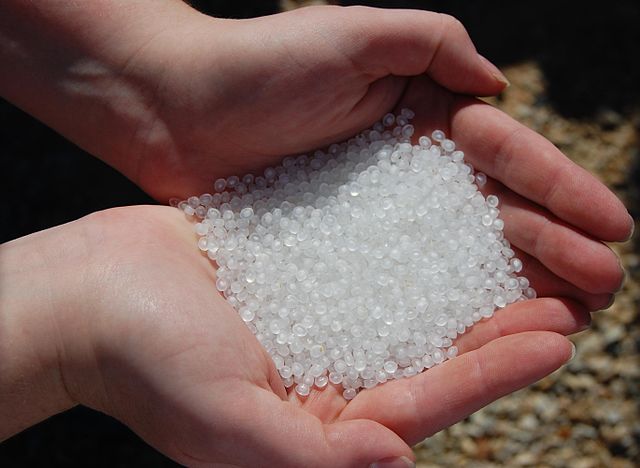Vehicle use of roadways linked to majority of microplastics in the air
05/03/2021 / By Divina Ramirez

Not many studies have been conducted on microplastics, microscopic pieces of plastic debris floating in the air. But a new study has shown that 84 percent of microplastics floating in the air in the western United States come from roads and road use.
Published Monday, April 12, in the journal Proceedings of the National Academy of Sciences, the study also found that sea spray and agricultural runoff generated 10 and five percent of atmospheric microplastics, respectively. Meanwhile, in hotspots for microplastic sources and accumulation, microplastics lingered in the air for up to 6.5 days.
Lead author Janice Brahney, an assistant professor from the department of watershed sciences at Utah State University, said she and her colleagues wanted to determine how microplastics were moving through the environment, as well as how far.
In an interview with The Academic Times, she said virtually any place you can go to has microplastics lingering in the air. And while microplastics haven’t been as extensively studied as other pollutants, their ubiquitous presence is alarming. “[Trying] to understand how it’s getting there, I think, is pretty important,” said Brahney.
Car tires, brake pads launch microplastics into the atmosphere
To determine how microplastics were moving through the environment, the researchers looked for sources and locations where microplastics were more concentrated. The team ended up with 300 samples of airborne microplastics from 11 sites across the western U.S., the best dataset available to date.
The researchers used this dataset as a basis for atmospheric modeling. This helped them to estimate how different sources of microplastics were contributing to atmospheric microplastic pollution.
They discovered that virtually none of the airborne microplastics came directly from plastics being discarded in cities and towns. Instead, the airborne microplastics were the result of road traffic as well as winds blowing across oceans and agricultural land picking up plastic particles that were already present in those environments.
In particular, roads were the most dominant vector of atmospheric microplastics in the western United States. Almost 85 percent of microplastics in the air were linked to roads. The researchers said these plastic particles likely include those from the tires and brake pads of cars, as well as litter that had been ground down.
Moreover, their modeling showed that about 11 percent of atmospheric microplastics in the western U.S. directly came from sea spray. It’s well known that oceans are heavily polluted with microplastics. The modeling suggests that wind carries microplastics from oceans and re-introduces them to both land and air. Brahney and her colleagues also found that soils accounted for about five percent of airborne microplastics.
The researchers also extended their atmospheric modeling work outside the United States. This showed that roads were also the dominant driver of atmospheric microplastics in Europe, South America and Australia. Places where microplastics accumulated the most include Europe, Eastern Asia, the Middle East, India and the U.S.
Airborne microplastics can travel across continents
The atmospheric modeling showed that microplastics can linger in the atmosphere for up to a week at times. That may be more than enough time for the particles to be blown across continents.
Scientists have already discovered microplastic pollution in Antarctica, the most remote continent on Earth. So it is very likely that microplastics were carried there by the wind from the sea or even other continents.
Overall, the findings suggest that microplastics can still re-enter the atmosphere even after settling on land and in water. Understanding how that works could help experts better mitigate the environmental impacts of global microplastic pollution. (Related: Microplastic pollution is changing ocean ecosystems.)
“The study confirms the global-scale nature of microplastic transport in the atmosphere,” Andreas Stohl, professor of earth sciences at the University of Vienna who wasn’t part of the study, told The Guardian.
Stohl added that the study does a good job of emphasizing relevant and concerning possibilities. That said, more data is needed to get a better idea of the sources of atmospheric microplastics.
Follow Environ.news for more articles about microplastic pollution and its environmental impacts.
Sources include:
Submit a correction >>
Tagged Under:
discoveries, environment, microplastics, plastics, research
This article may contain statements that reflect the opinion of the author
RECENT NEWS & ARTICLES
COPYRIGHT © 2017 REAL SCIENCE NEWS





















